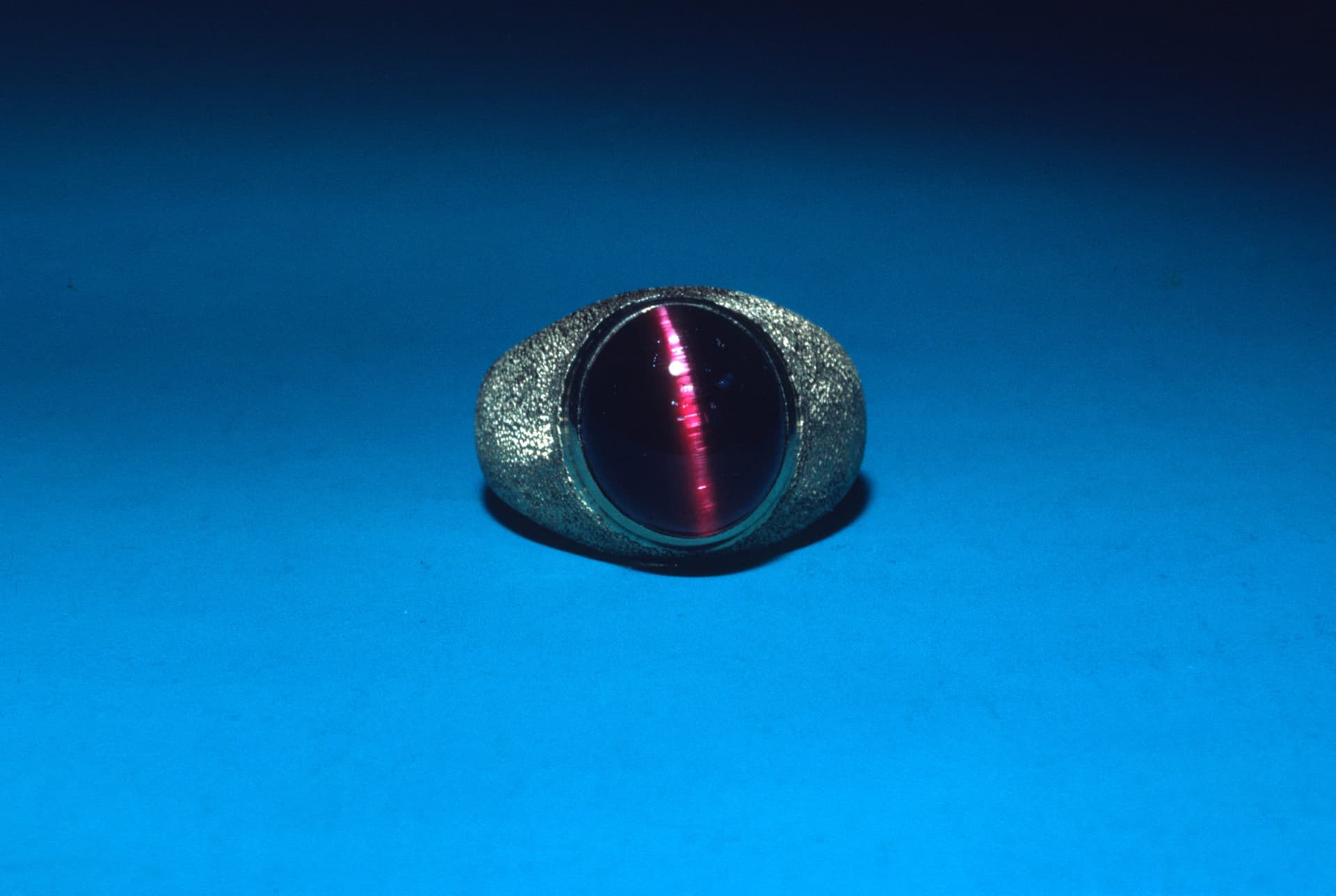Phenomenal Gems: Cat’s Eyes, Star Stones, and More
Phenomenal gems seem to do magical things with light. Learn the science behind optical effects like cat’s eyes and star stones and how to judge their value.
18 Minute Read
Phenomenal Gems: Key Terms
- Interference occurs when light reflecting from below the surface of a gem overlaps light reflecting from above. (Soap bubbles and oil slicks display this effect, too).
- Scattering means “to strew about.” Some phenomenal effects are the result of scattering.
- Sheen is light reflected off a shiny surface. All polished gemstones have sheen, but this has special relevance in chatoyant and adularescent stones.
Grading Phenomenal Gems
In most cases, a phenomenal effect will add beauty as well as value to a gem. However, when evaluating phenomenal gems, gemologists must consider many factors. Exceptions can arise.
Rarity
A gem’s relative rarity and popularity will often adjust the impact any phenomenal effect will have on its value.
For example, mother of pearl is a phenomenal gem that’s so common it’s not valuable. On the other hand, some stones are so rare there’s just little demand for them. Although very rare, tenebrescent hackmanite isn’t worth nearly as much as a more common, more popular star sapphire.
The Four Cs
Most of the grading criteria for phenomenal gems are the same as for other stones: color, clarity, carat…
Donald Clark, CSM IMG
International Gem Society
Related Articles
Gemstone Physical Properties
What is Gemstone Luminescence?
Gemstone Optical Properties
Understanding Color in Gemology
Never Stop Learning
When you join the IGS community, you get trusted diamond & gemstone information when you need it.
Get Gemology Insights
Get started with the International Gem Society’s free guide to gemstone identification. Join our weekly newsletter & get a free copy of the Gem ID Checklist!
